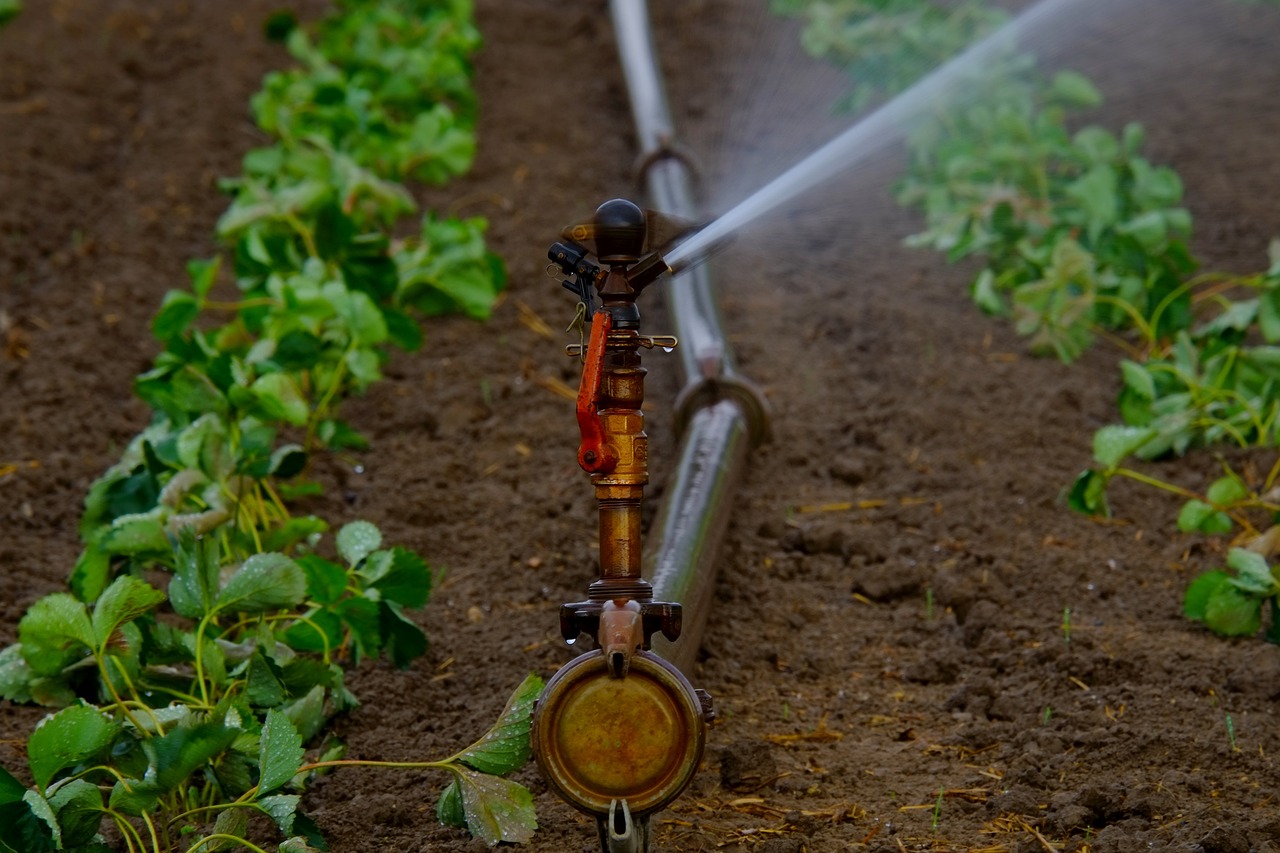In the heart of Melbourne’s vibrant agricultural sector, farmers are continually seeking innovative solutions to optimize crop yields while conserving precious water resources. Among these solutions, drip irrigation has emerged as a beacon of promise, revolutionizing traditional watering practices by delivering water directly to the roots of plants. Yet, as with any transformative technology, the adoption of drip irrigation presents a tapestry of benefits and challenges for Melbourne’s farming community.
In this exploration, we embark on a journey to uncover the nuanced landscape of drip irrigation adoption, navigating through its potential to enhance crop health, promote water efficiency, and foster environmental sustainability, while also acknowledging the obstacles that lie in its path. Join us as we delve into the complexities of drip irrigation adoption in Melbourne’s agricultural sector, where innovation meets necessity in the pursuit of a flourishing future for farming.
1. Water Efficiency:
Benefit: Drip irrigation minimizes water wastage by delivering water directly to plant roots, reducing evaporation and runoff.
Challenge: Initial investment in drip irrigation systems may be costly for some farmers, requiring careful financial planning.
2. Enhanced Crop Health:
Benefit: Precise water delivery promotes healthier plant growth, leading to improved crop quality and yield.
Challenge: Maintaining drip irrigation systems requires regular monitoring and maintenance to prevent clogging and ensure optimal performance.
3. Soil Conservation:
Benefit: Drip irrigation minimizes soil erosion and nutrient leaching, preserving soil structure and fertility.
Challenge: Installing drip irrigation infrastructure may require significant time and labor, especially in large-scale agricultural operations.
4. Flexibility and Adaptability:
Benefit: Drip irrigation systems can be customized to accommodate various crop types, soil conditions, and terrain, offering flexibility in agricultural practices.
Challenge: Adapting existing farming practices to incorporate drip irrigation may necessitate training and education for farmers to maximize its benefits effectively.
5. Resource Optimization:
Benefit: Drip irrigation allows for precise control over water and nutrient application, optimizing resource use and reducing input costs.
Challenge: Adequate water filtration and maintenance are essential to prevent emitter clogging and ensure uniform water distribution, requiring ongoing attention and investment.
6. Environmental Sustainability:
Benefit: Drip irrigation reduces the environmental impact of agriculture by conserving water resources and minimizing chemical runoff.
Challenge: Proper disposal of drip irrigation components at the end of their lifespan is crucial to prevent environmental contamination and ensure sustainability.
7. Climate Resilience:
Benefit: Drip irrigation offers resilience against climate variability by providing consistent water supply and mitigating drought risk.
Challenge: Drip irrigation systems may be susceptible to damage from extreme weather events, necessitating robust infrastructure and emergency preparedness measures.
8. Economic Viability:
Benefit: Over time, the long-term cost savings and increased crop yields associated with drip irrigation can outweigh initial investment costs, offering economic benefits for farmers.
Challenge: Access to financing and government incentives may be limited, hindering widespread adoption of drip irrigation technologies among small-scale farmers.
9. Infrastructure Investment:
Benefit: Drip irrigation systems require upfront infrastructure investment, including pipes, emitters, and filtration systems, which can improve water distribution efficiency and reduce operational costs in the long run.
Challenge: Securing financing for infrastructure upgrades and navigating regulatory requirements for installation permits may pose logistical and financial hurdles for farmers, particularly those with limited resources or access to capital.
10. Data-Driven Decision Making:
Benefit: Drip irrigation technology allows for the collection of real-time data on soil moisture levels, weather patterns, and crop water requirements, empowering farmers to make informed decisions and optimize irrigation scheduling for maximum efficiency.
Challenge: Implementing data management systems and interpreting complex irrigation data may require technical expertise and training, posing challenges for farmers unfamiliar with digital agriculture tools and techniques.
11. Crop Diversity and Rotation:
Benefit: drip irrigation Melbourne enables farmers to diversify their crop portfolio and implement rotational cropping systems, optimizing land use and enhancing resilience to pests and diseases.
Challenge: Balancing crop water requirements and scheduling irrigation cycles for diverse crops may require advanced planning and management strategies, posing logistical challenges for farmers.
12. Market Access and Consumer Demand:
Benefit: High-quality produce grown using drip irrigation methods may command premium prices in niche markets, attracting consumers seeking sustainably produced goods.
Challenge: Establishing market linkages and communicating the value of drip-irrigated products to consumers may require additional marketing efforts and investment in branding and certification.
13. Labor Efficiency:
Benefit: Drip irrigation systems require less manual labor for watering tasks compared to traditional irrigation methods, allowing farmers to allocate resources more efficiently and focus on other aspects of farm management.
Challenge: Transitioning to drip irrigation may necessitate retraining or reallocating labor resources, which can be disruptive and require adjustment periods for farm workers.
14.. Regulatory Compliance:
Benefit: Drip irrigation systems can help farmers meet regulatory requirements for water usage and environmental stewardship by minimizing water wastage and nutrient runoff.
Challenge: Staying abreast of changing regulations and ensuring compliance with water usage restrictions, environmental standards, and reporting requirements may add administrative burdens and costs for farmers.
Conclusion:
Drip irrigation holds immense potential for transforming Melbourne’s agricultural sector by promoting water efficiency, enhancing crop health, and fostering environmental sustainability. However, its adoption requires careful consideration of the associated benefits and challenges. By addressing these factors proactively and implementing appropriate management practices, Melbourne’s farmers can harness the full potential of drip irrigation to optimize agricultural productivity and resilience in the face of evolving climate and resource constraints.


